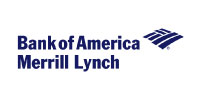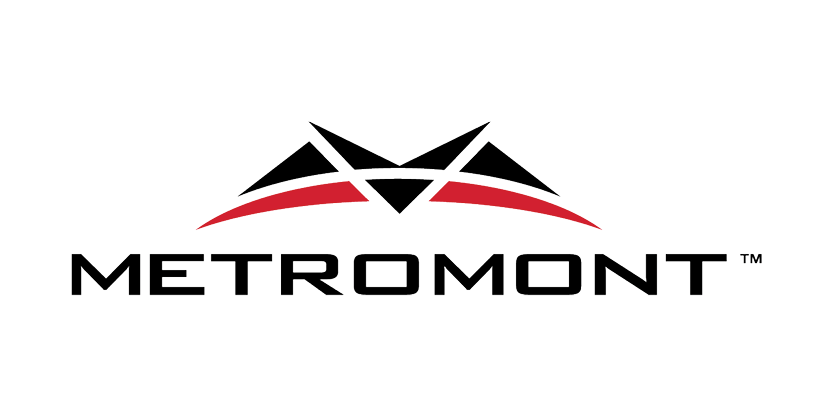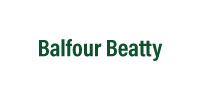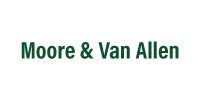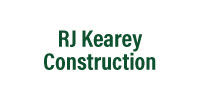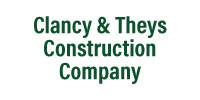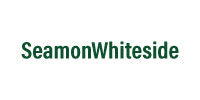Posted on March 5, 2018
Interest groups in California are collecting signatures in order to place an initiative on the November ballot that could change the way property taxes are calculated.
If passed, the move (known as “split roll”) would place a heavier property tax burden on commercial real estate and hinder economic growth. Any NAIOP member doing business in commercial real estate in California would be impacted by the ballot initiative.
Since the passage 40 years ago of Proposition 13, the tax rate on residential and commercial property has been treated the same way. Prop 13 controlled the growth of property tax rates by limiting annual increases of property assessments to no greater than 2 percent each year. NAIOP members participated in discussions during the California Business Properties Association winter board meeting last week on ways to preserve Proposition 13 and its economic benefits.







 THE METROPOLITAN Downtown Columbia
THE METROPOLITAN Downtown Columbia
 Open ceilings, with their exposed ductwork and industrial vibe have become popular – but trendy rarely equals inexpensive. For many years, omitting the traditional drop ceiling was assumed to be not just cooler but also to cost less. Common sense seemed to be that by choosing open ceilings, the cost of the drop ceiling was simply avoided, saving on labor, materials and time.
Open ceilings, with their exposed ductwork and industrial vibe have become popular – but trendy rarely equals inexpensive. For many years, omitting the traditional drop ceiling was assumed to be not just cooler but also to cost less. Common sense seemed to be that by choosing open ceilings, the cost of the drop ceiling was simply avoided, saving on labor, materials and time.
 Office building owners have found that to remain competitive in today’s marketplace, they must enliven their buildings by offering more amenities and adding vibrancy to the common areas. Some have introduced a range of new amenities, including outdoor workspaces and food trucks, and they have also programmed areas with happy hours, featured speakers and other activities. The common element in these amenities is that they all “activate” the common space by creating opportunities for socialization among tenants and the opportunity to work in areas beyond the tenant’s suite.
Office building owners have found that to remain competitive in today’s marketplace, they must enliven their buildings by offering more amenities and adding vibrancy to the common areas. Some have introduced a range of new amenities, including outdoor workspaces and food trucks, and they have also programmed areas with happy hours, featured speakers and other activities. The common element in these amenities is that they all “activate” the common space by creating opportunities for socialization among tenants and the opportunity to work in areas beyond the tenant’s suite.
